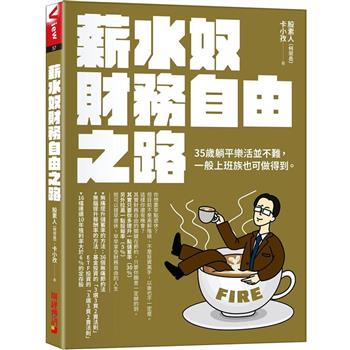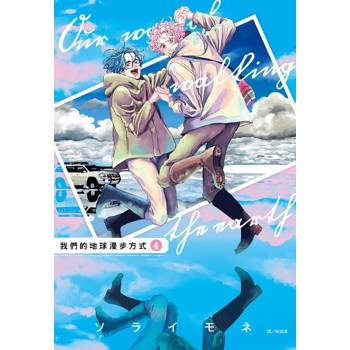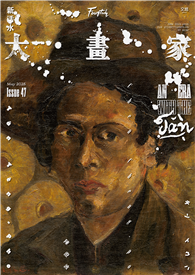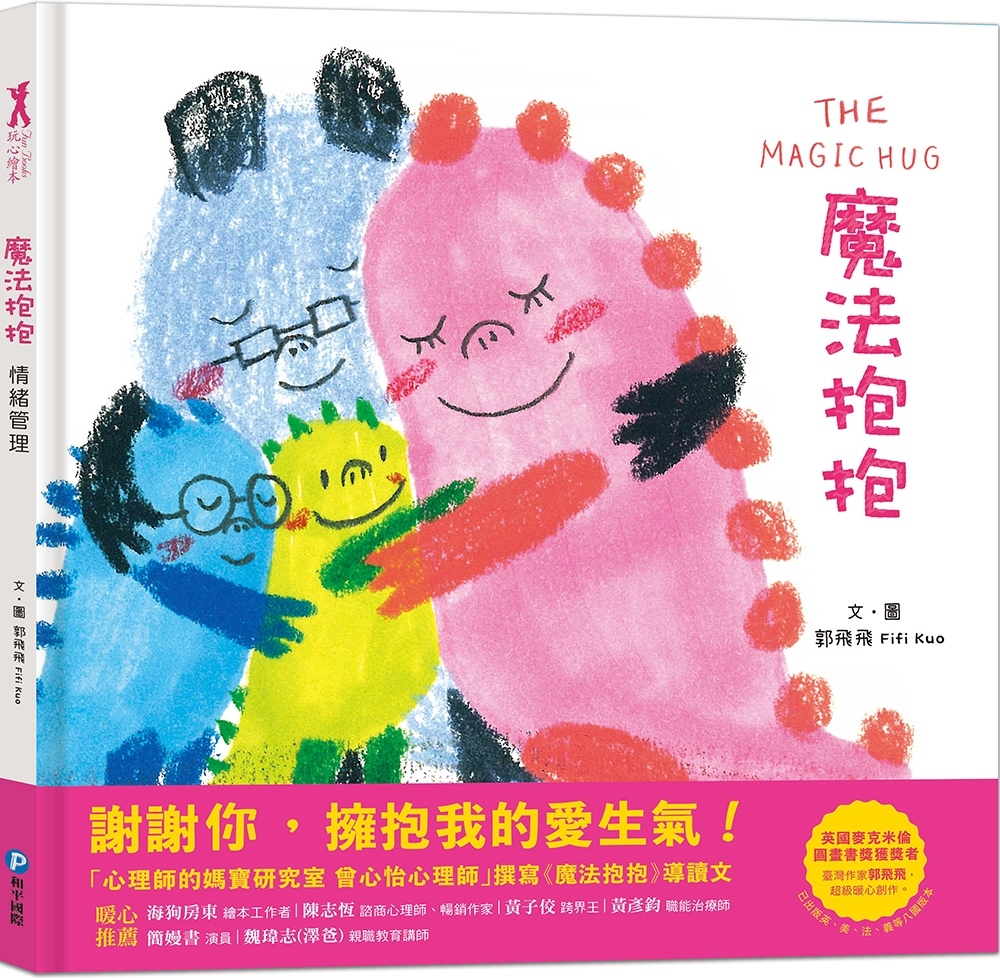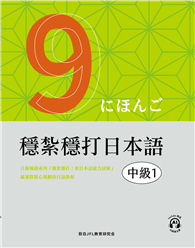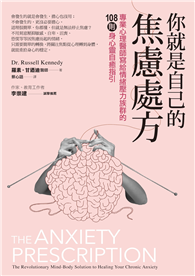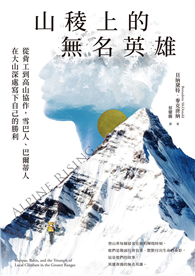"If the function of the artist is to see, the first duty of the critic is to understand what the artist saw."
- J.E.H. MacDonaldTo See What He Saw focuses on the Lake O’Hara work produced by English-Canadian artist and Group of Seven member James Edward Hervey (J.E.H.) MacDonald, R.C A. (1873-1932) between 1924 and 1932. The book documents MacDonald’s seven trips to Yoho National Park in the Rocky Mountains of eastern British Columbia, Canada, and presents a detailed catalogue of the resulting en plein air sketches and the subsequent studio works completed during the last nine years of his life. The book features more than 200 of MacDonald’s western works from this period, organized geographically with en plein air sketches and studio work illustrated side by side. Each sketch is accompanied by at least one present-day photograph, many of which are taken from the exact rocky perch where MacDonald sat. Save for the forest growth since the 1920s, this pairing enables the viewer to see what MacDonald saw, and to understand how he processed the landscape before him. The book includes full transcripts of diaries, essays, and poems from which detailed, chronological descriptions of MacDonald’s seven trips have been compiled. Relevant excerpts and original research further contextualize and illuminate the artist’s practices for specific sketches wherever possible. Of interest to Group of Seven and Canadian art collectors, curators, historians, students, and enthusiasts alike, this book is produced in conjunction with a 2024 exhibition at the Whyte Museum of the Canadian Rockies in Banff, Alberta. To See What He Saw offers a comprehensive examination of this esteemed artist’s painting process, finished works, and mindset over this period, and provides a unique lens through which to view MacDonald’s O’Hara work--a perspective that has not previously been fully explored in exhibition or in publication.| FindBook |
有 1 項符合
To See What He Saw: J.E.H. MacDonald and the O’Hara Years, 1924-1932的圖書 |
 |
To See What He Saw: J.E.H. MacDonald and the O’Hara Years, 1924-1932 作者:Munn 出版社:Figure 1 Publishing 出版日期:2024-08-06 語言:英文 規格:精裝 / 352頁 / 30.48 x 25.4 x 3.81 cm / 普通級/ 初版 |
| 圖書館借閱 |
| 國家圖書館 | 全國圖書書目資訊網 | 國立公共資訊圖書館 | 電子書服務平台 | MetaCat 跨館整合查詢 |
| 臺北市立圖書館 | 新北市立圖書館 | 基隆市公共圖書館 | 桃園市立圖書館 | 新竹縣公共圖書館 |
| 苗栗縣立圖書館 | 臺中市立圖書館 | 彰化縣公共圖書館 | 南投縣文化局 | 雲林縣公共圖書館 |
| 嘉義縣圖書館 | 臺南市立圖書館 | 高雄市立圖書館 | 屏東縣公共圖書館 | 宜蘭縣公共圖書館 |
| 花蓮縣文化局 | 臺東縣文化處 |
|
|
圖書介紹 - 資料來源:博客來 評分:
圖書名稱:To See What He Saw: J.E.H. MacDonald and the O’Hara Years, 1924-1932
|
